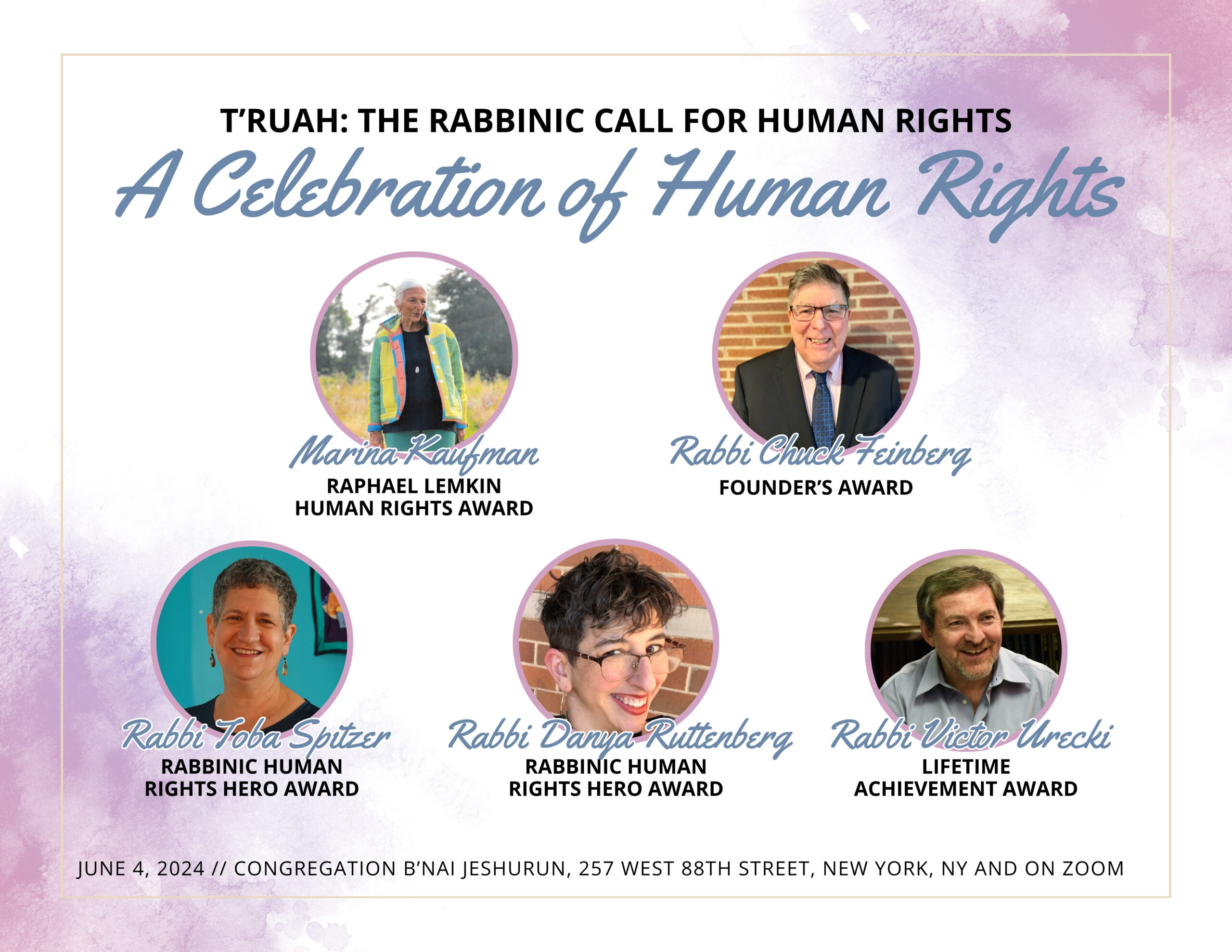A d’var Torah for Parshat Ki Tisa (Exodus 30:11-34:35) by Daniel Handler.
When I was a strident teenager, I liked to stir up a seder by asking when we were going to discuss the part where Moses has 3,000 people killed. It was with the smug satisfaction that only comes with being 15 that I would turn to Exodus 32 and show my sputtering sedermates the scene where Moses seems a little less Charleston Heston and a little more Charles Manson. For some reason, what everyone remembers about Moses coming down from the mountain and seeing the Israelites with the golden calf is that he smashes the tablets to the ground, not that he gets the sons of Levi to slay every man who isn’t sufficiently sorry for being insufficiently loyal. Everyone likes “Follow me out of slavery into the desert,” but its fine print, “bearing in mind I will have you butchered if you don’t do it right”? Not so much.
Sign up to receive Torah 20/20 in your inbox each week.
Most of us would agree, surely, that mass slaughter seems a little harsh for worshipping an idol. Keep in mind, for instance, that we’d kept alive our non-corporeal faith for generations in zoolatry-happy Egypt before slacking off at Sinai’s base. We don’t know exactly how long Moses was up the mountain, but as someone who takes two books and one downloaded season of television along for a five-hour flight, I’m soft on people who get restless during a long wait. When the people say to Aaron, “Make us gods, which shall go before us, for as for this Moses, the man that brought us up out of Egypt, we know not what has become of him,” this always strikes me as less “never mind, we don’t want to be Jews anymore” and more “let’s make our own fun.”
As a children’s author with a suspiciously large number of adult readers, I’ve noticed that many amusements of the Jewish faith, supposedly devised to engage youngsters, are enjoyed by the impatient of all ages. There’s nothing like a noisemaker and a triangular cookie to keep me interested in our umpteenth story of evading genocide at the last minute, and I can’t be the only parent who is a little wistful, at seder’s end, at being responsible for the ransom, rather than the search, for the Afikomen. When Aaron asks for everyone’s golden earrings in order to smelt up a calf, there’s more than a touch of “for my next trick, I need a perfectly ordinary cigarette lighter from the audience.” Until Moses comes back with a plan for what to do next, why not hand it over and see if the trick’s any good?
Ostensibly, we all know the difference between deep faith and cheap magic, but I can’t always grasp why Aaron melting down gold to make a shiny statue for a festival is cause for justifiable homicide, and turning a staff into a serpent is evidence of a bonafide prophet you should follow unquestionably. Truth be told, whenever the golden calf comes into play, I get confused between a symbol and an idol, one of which seems profound and the other an object of scorn if only I could remember which is which. “The ancient Egyptians used to leave offerings for cats,” we sneer, but that always seems like a snide literalist interpretation of something that was likely more loosely limbed. Abraham’s father knew that an idol in his shop couldn’t rise up and smash the other idols; the statues were a symbol of something intangible, similar to — oh, I don’t know — a light that burns continuously to remind us of God’s eternal presence. To compound my confusion, the golden calf — that hated symbol— has become, in modern days, a symbol of why not to take symbols so seriously. We’re told that financial success, for example, should not become a golden calf in your life. Not literally a golden calf — if you want to spend your money on a decorative statue, that’s fine — but what a golden calf stands for, in the context of a story in which people, wrongly, worship a golden calf which did not stand for anything. Or maybe it did. In any case, an object should not be of primary importance in a proper ceremony, and if you find the hidden matzah we can finish the ceremony. Got it?
Find more commentaries on Parshat Ki Tisa.
This may all seem like rhetorical sleight of hand — we know the difference between laying an offering in front of a statue and, um, putting an orange on the Seder plate, right? — were it not for the 3,000 people slaughtered over just this kind of symbolic hairsplitting. Was the worship of the golden calf, by desperate hordes in the desert, really an act of idolatry distinct and antithetical to those other habits and rituals being developed and protected by those same hordes? Wouldn’t we rather, after countless massacres across history, maybe let symbols be symbols and give the bloodletting a rest? I’d like to be part of a society that can engage civilly on spiritual difference, or maybe even let the differences slide in favor of working out some more pressing, less abstract issues that require widespread solidarity. Trouble is, I like my tribal identity too, and all of its tricky, specific trappings — not the mass murderers, but, yes, the glittery gymbowls they’re defending. I mean, attacking. Oh, this is the trouble with being in a tribe: if our hallmarks  are concrete and vital, we end up fighting over them; if we zoom out until the differences don’t matter, then why even be in a tribe at all?
are concrete and vital, we end up fighting over them; if we zoom out until the differences don’t matter, then why even be in a tribe at all?
Daniel Handler is the author of seven novels and, as Lemony Snicket, is responsible for numerous books for children. His books have sold more than 70 million copies and have been translated into 40 languages, and have been adapted for screen and stage. He lives in San Francisco.


